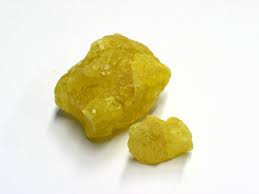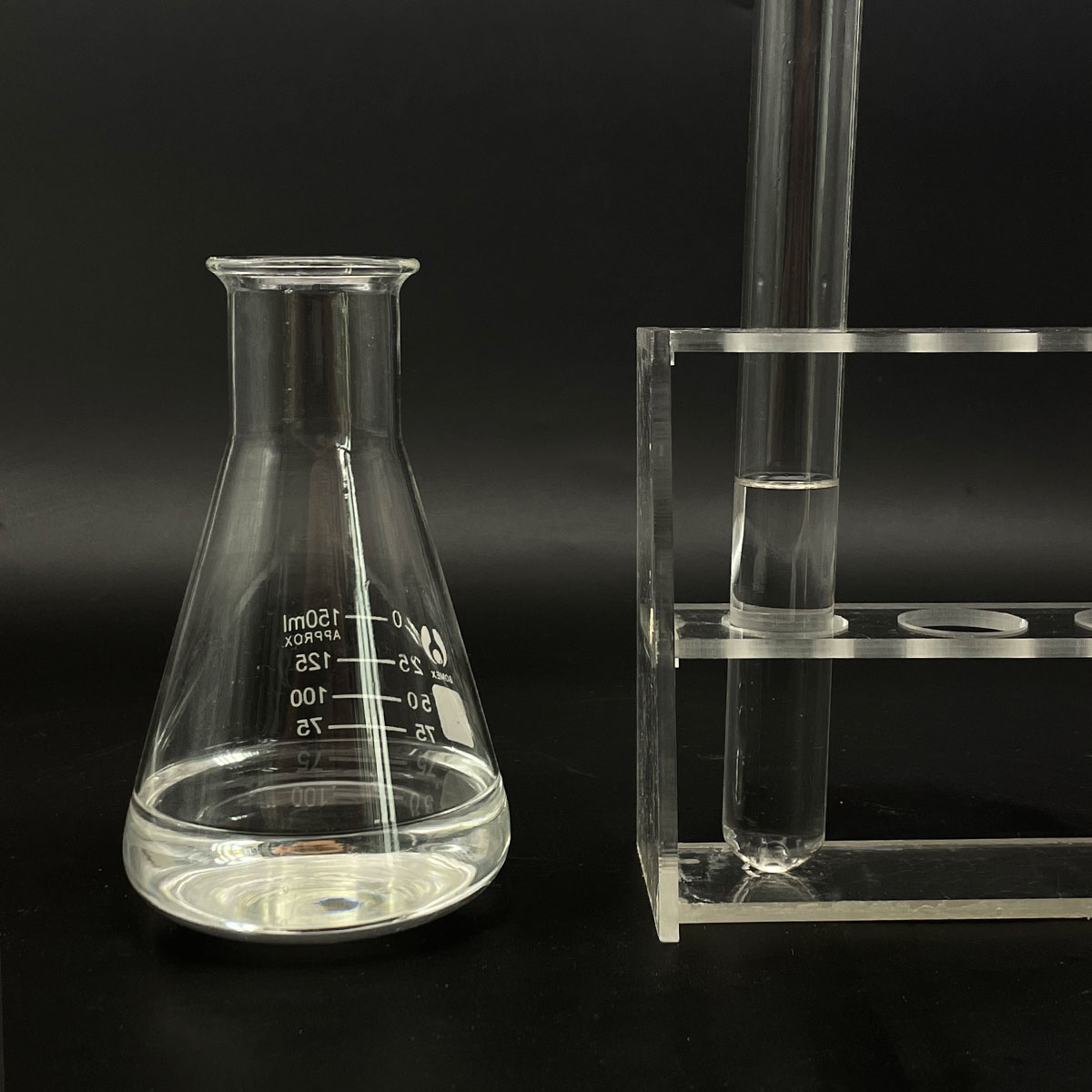**The Silent Heroes in Your Soap: Unpacking Non-Ionic Surfactants**
(What Is A Non-Ionic Surfactant)
Ever wonder how soap lifts grease off dishes or why shampoo foams so nicely? The answer often lies in something called surfactants. Among these, non-ionic surfactants are the quiet achievers. They work behind the scenes to make cleaning products effective without stealing the spotlight. Let’s break down what makes them special.
Surfactants are molecules that act as middlemen between water and substances that don’t mix with water, like oil. The term “surfactant” comes from “surface-active agent.” Their job is simple: reduce tension between liquids or between a liquid and a solid. This lets water interact with oils and grime, lifting them away. Non-ionic surfactants are a specific type that don’t carry an electrical charge. This makes them less reactive and more versatile than their charged counterparts.
Picture a molecule with two parts. One part loves water (hydrophilic), and the other hates it (hydrophobic). When you wash your hands, the hydrophobic tails latch onto grease or dirt. The water-loving heads stay anchored in the water. This creates tiny bubbles called micelles, trapping the dirt so it rinses away. Non-ionic surfactants do this without relying on positive or negative charges. Their neutrality gives them unique advantages.
Why does this matter? Charged surfactants can react with minerals in hard water, leaving residue on clothes or skin. Non-ionic surfactants avoid this. They stay stable in different water conditions. This makes them ideal for laundry detergents, dish soaps, and shampoos. They’re also gentler on skin, which is why they’re common in products labeled “sensitive” or “baby-safe.”
Another perk is their compatibility with other ingredients. They mix well with acids, alkalis, and even heavy metals. This flexibility lets formulators add fragrances, thickeners, or moisturizers without breaking the surfactant’s effectiveness. In household cleaners, non-ionic surfactants cut through grease on stovetops or bathroom tiles. In cosmetics, they help lotions spread smoothly without clogging pores.
Non-ionic surfactants aren’t just for cleaning. Farmers use them in pesticides to help sprays stick to plant leaves. In medicine, they stabilize creams or help drugs dissolve better. Their uncharged nature makes them less likely to interfere with other chemicals, expanding their uses.
How are they made? Many are derived from natural fats or oils. Ethoxylation is a common process where fatty acids or alcohols react with ethylene oxide. This tweaks the molecule’s structure to balance its water-loving and water-hating parts. The result is a surfactant that performs reliably in cold water or acidic environments.
Critics sometimes question their environmental impact. While non-ionic surfactants break down faster than some harsh chemicals, not all are eco-friendly. Plant-based options, like those from coconut or palm oil, are gaining popularity as biodegradable alternatives.
(What Is A Non-Ionic Surfactant)
Next time you scrub a pan or wash your hair, remember the unsung role of non-ionic surfactants. They’re the reason bubbles form, grime disappears, and products feel smooth. Their neutrality isn’t a weakness—it’s a superpower. From kitchens to labs, they prove that sometimes, staying uncharged is the best way to stay effective.
Inquiry us
if you want to want to know more, please feel free to contact us. (nanotrun@yahoo.com)




